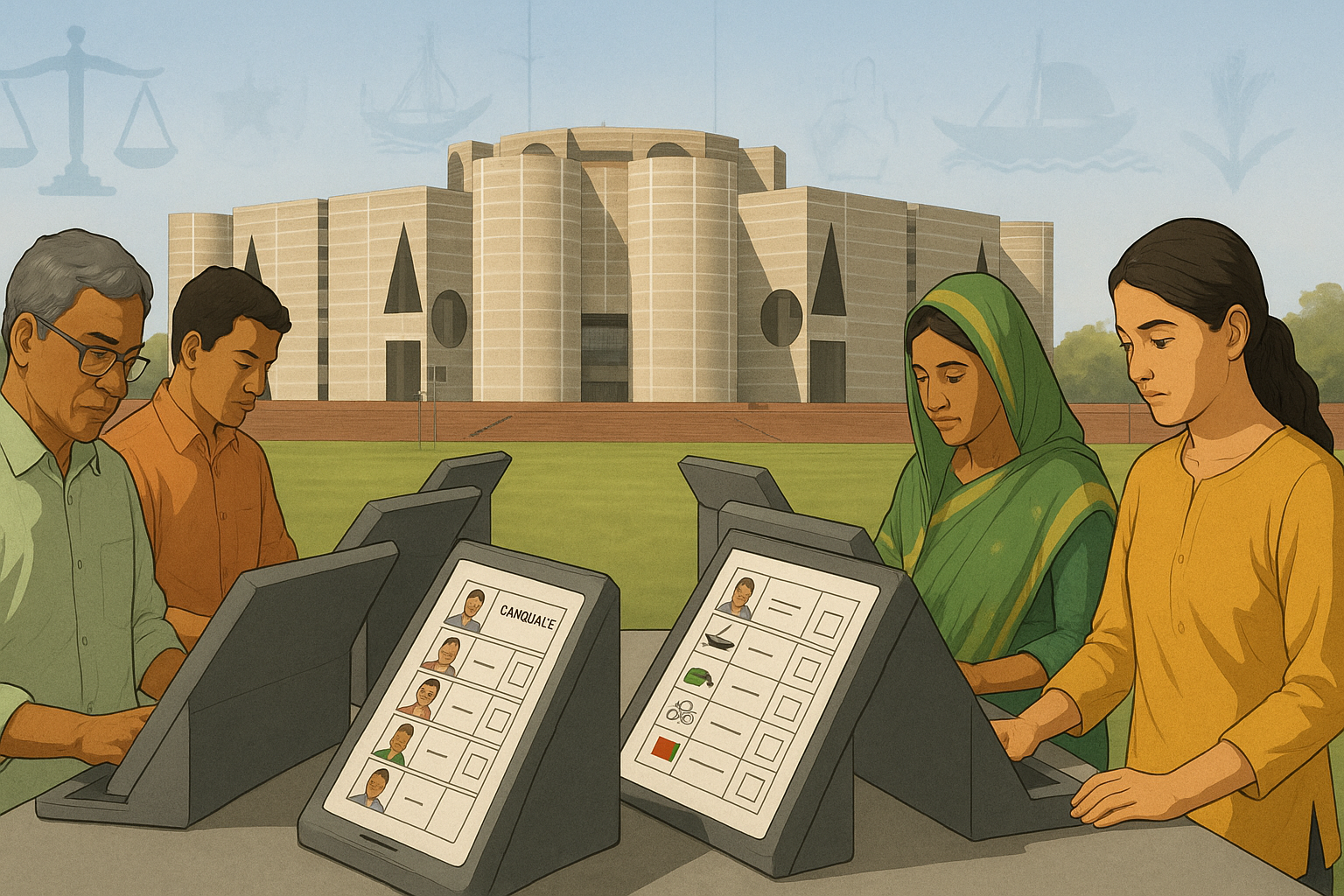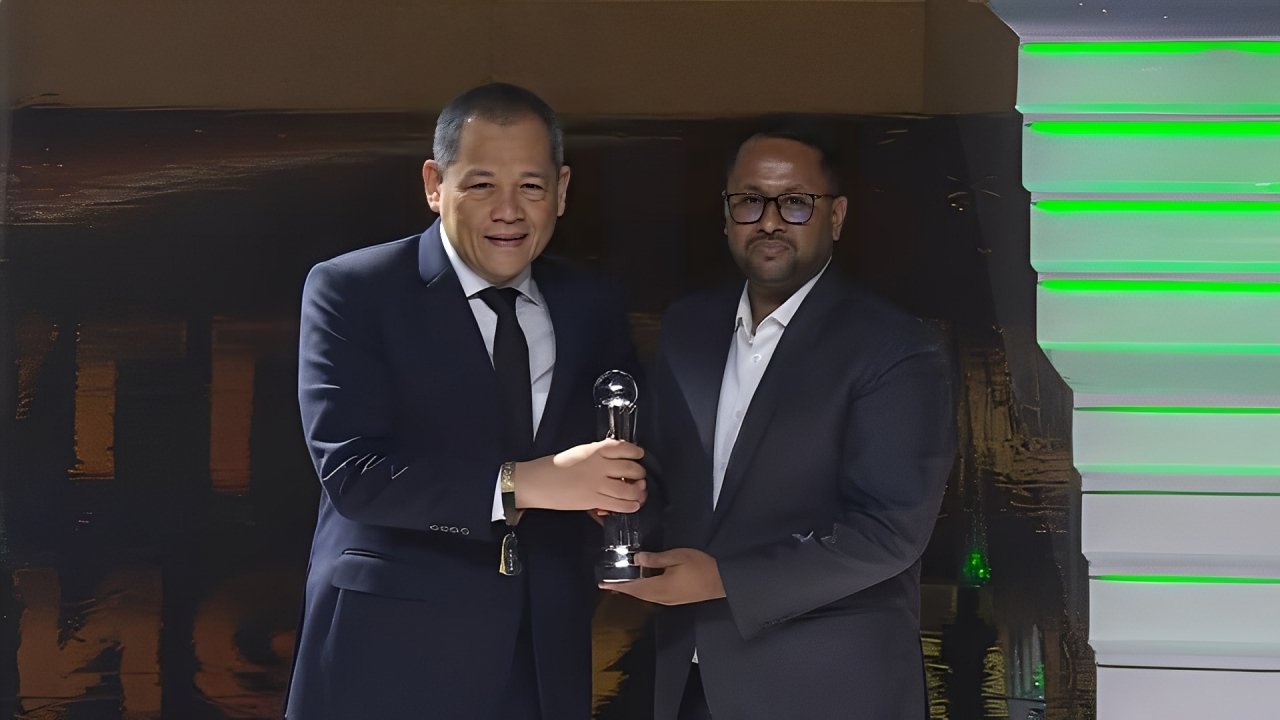Understanding the Paradigm Shift in Bangladesh
The concept of a paradigm shift in Bangladesh reflects how the nation has transformed its mindset, economy, and social structure in just five decades. A paradigm shift means a fundamental change in how people think, act, or approach problems. In Bangladesh, this shift has touched nearly every sector from economic growth and gender equality to technology, education, and climate resilience.
According to the World Bank and UNDP, Bangladesh is one of the fastest-growing economies in South Asia, with an average GDP growth rate of around 6.5 percent over the past decade. This rapid progress is not only economic; it represents a deeper social and structural evolution. To understand this transformation, we must look at how Bangladesh moved from an aid-dependent country to a confident, self-reliant nation.
For background on the concept of paradigm shift, visit Britannica’s explanation of paradigm shifts or read about Thomas Kuhn’s original theory on Stanford Encyclopedia of Philosophy.
From Poverty to Progress: The Economic Paradigm Shift
The most visible paradigm shift in Bangladesh is its transition from an agrarian economy to one powered by industry and services. In the 1970s, agriculture contributed almost 80 percent of the GDP. Today, it contributes less than 12 percent, while industry and services make up the rest.
The ready-made garment (RMG) industry has been the cornerstone of this transformation. It employs over 4.5 million workers, mostly women, and contributes 84 percent of export earnings, according to the Bangladesh Garment Manufacturers and Exporters Association (BGMEA).
This economic diversification changed Bangladesh’s global image. Once labeled a “basket case,” the country is now recognized as a rising economic powerhouse. A recent IMF report highlights Bangladesh as one of the top 10 fastest-growing economies in the world.
You can explore more economic insights on the World Bank’s Bangladesh overview and IMF data.
Digital Bangladesh: A Technological Paradigm Shift
The launch of the Digital Bangladesh Vision 2021 marked another paradigm shift. Introduced in 2009, the initiative aimed to integrate technology across governance, education, and daily life. The results have been revolutionary.
As of 2025, Bangladesh has over 130 million internet users and 190 million mobile subscribers, according to the Bangladesh Telecommunication Regulatory Commission (BTRC). Mobile financial services like bKash and Nagad have transformed how people save, transfer, and receive money.
E-governance, online education, and freelancing have become central to the country’s digital landscape. Bangladesh now ranks second globally in freelance employment, based on the Oxford Internet Institute’s Online Labour Index.
This shift in digital behavior has empowered rural communities, created job opportunities, and brought global markets within reach. The ICT Division of Bangladesh continues to expand this transformation through programs like “Smart Bangladesh Vision 2041,” which aims to build a high-tech and knowledge-driven society.
Empowering Women: The Social Paradigm Shift
One of the most remarkable paradigm shifts in Bangladesh is the rise of women’s empowerment. Women now play an essential role in every sphere from factories and classrooms to government and entrepreneurship.
In 1980, female participation in the workforce was less than 10 percent. Today, it stands at around 36 percent, thanks to sectors like RMG, microfinance, and education. Organizations like Grameen Bank, founded by Nobel laureate Dr. Muhammad Yunus, pioneered microcredit systems that gave rural women financial independence.
The impact goes beyond economics. Empowered women have become educators, health workers, and political leaders, shaping a new Bangladesh where gender equality is part of national progress.
You can learn more about women’s empowerment in Bangladesh from UN Women’s country report and Bangladesh Bureau of Statistics (BBS) publications.
Climate Resilience: A Green Paradigm Shift
Bangladesh has shifted from being seen as a “climate victim” to becoming a global model of climate adaptation. Facing floods, cyclones, and salinity intrusion, the country learned to adapt innovatively.
The government created the Bangladesh Climate Change Strategy and Action Plan (BCCSAP) and the Climate Trust Fund, which finances local adaptation projects. More than 30 million people in coastal areas benefit from early warning systems, solar irrigation, and floating gardens.
The UNDP recognizes Bangladesh as a leader in community-based adaptation, proving that even vulnerable nations can lead climate resilience efforts. This paradigm shift from reactive relief to proactive adaptation is saving lives and livelihoods every year.
For a deeper understanding, read about the Bangladesh Climate Change Strategy on UNDP’s website or explore reports by the World Resources Institute.
Education Reform: The Intellectual Paradigm Shift
Education has been another core area of transformation. Bangladesh’s literacy rate rose from 35 percent in 1991 to 76 percent in 2024, according to UNESCO. This success comes from mass primary education programs and female scholarship initiatives.
However, a new paradigm is emerging. The focus is moving from rote learning to skills-based education. Programs like the Skills for Employment Investment Program (SEIP) and National Skills Development Authority (NSDA) are promoting technical and vocational training aligned with global job markets.
The rise of digital learning platforms during the COVID-19 pandemic accelerated this transition. E-learning portals, online classrooms, and mobile-based education have made knowledge more accessible than ever.
This shift is preparing a new generation of skilled professionals who can contribute not just domestically but globally.
Energy and Infrastructure: Building a Modern Bangladesh
Bangladesh has made impressive strides in energy production and infrastructure. In 1991, only 15 percent of households had access to electricity. Today, 98 percent enjoy power supply, according to the Bangladesh Power Development Board (BPDB).
The construction of major projects like the Padma Bridge, Dhaka Metro Rail, and Bangabandhu Satellite-1 shows how the nation has entered a new era of self-reliance.
These initiatives represent more than development projects; they signify a shift in national confidence. Instead of relying on foreign donors, Bangladesh now funds many of its mega projects independently, showing a transformation in mindset and capability.
Cultural and Global Paradigm Shift
The cultural evolution of Bangladesh reflects another dimension of change. From folk traditions to modern arts, music, and film, the nation is embracing its heritage while engaging with global culture.
Bangladeshi cuisine, crafts, and festivals are gaining international recognition. The inclusion of Jamdani weaving and Baul songs in the UNESCO Intangible Cultural Heritage list highlights how tradition and innovation can coexist.
At the same time, the Bangladeshi diaspora across the world contributes significantly to the economy through remittances, amounting to nearly $22 billion in 2024, according to Bangladesh Bank. This global connection is another paradigm shift from isolation to international influence.
Challenges That Still Remain
Despite these transformations, challenges persist. Income inequality, political instability, and a lack of innovation ecosystems still slow progress. The education system needs modernization, and corruption continues to hinder institutional development.
To sustain its paradigm shift, Bangladesh must invest in research, governance reform, and environmental sustainability. Encouraging creativity, transparency, and global collaboration will ensure that progress remains steady and inclusive.
The New Vision of Bangladesh
The paradigm shift in Bangladesh is a story of resilience, reinvention, and relentless hope. From poverty to progress, from analog to digital, and from dependence to self-reliance, Bangladesh has evolved far beyond expectations.
This transformation didn’t happen overnight. It emerged through determination, public participation, and visionary leadership. As Bangladesh prepares for Vision 2041, the next shift will be toward a knowledge-driven, sustainable, and equitable future.
In essence, the nation’s journey proves that paradigm shifts aren’t just about technology or policy; they are about belief.The collective belief that change is possible and that progress belongs to those who dare to imagine it.








